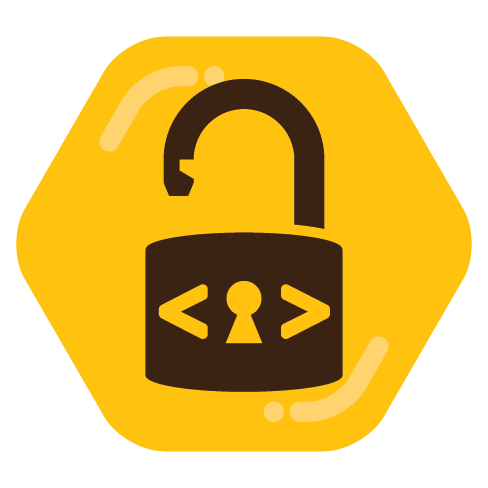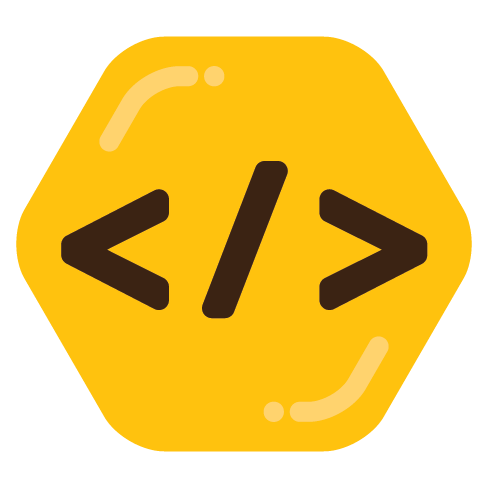Unionize. Have companies pay you fairly for what you do.
The problem with that here I. The states are two fold. First of all if the companies could, at least here in the states, they wouldn’t allow unionization. They don’t want to pay fairly for what you do. All these companies want to do is make as much money as possible, while paying the workers as little as possible.
Most of the companies here would like us to work until we die on the lines, but pay us nothing to do the work so they could make it all. Companies don’t give a damn about workers rights, or being fair to us. A lot of non-union shops will fire you for trying to bring a union in. They would be extremely happy if the labor boards, OSHA etc would cease to exist.





I don’t know about gnome, but on KDE you can disable touch support under settings>mouse & touchpad.